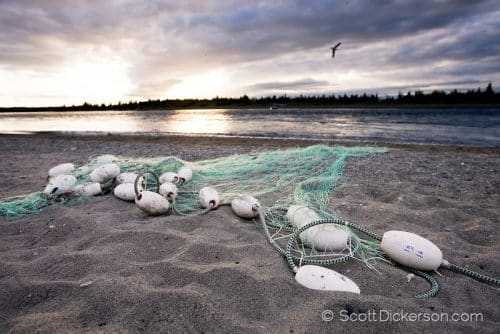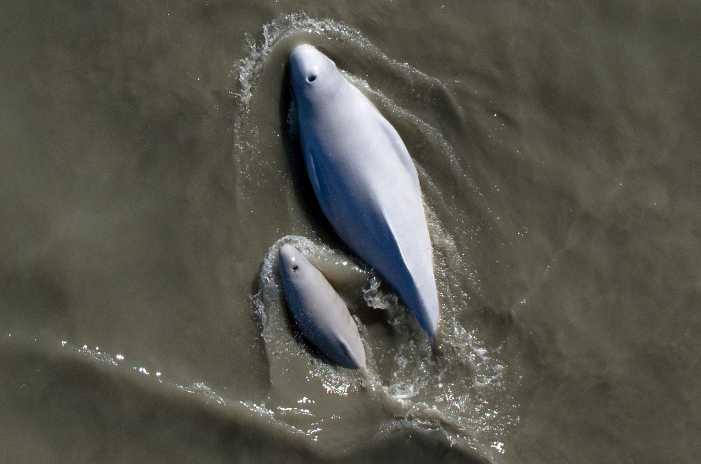McDowell Group fisheries economist Garrett Evridge, who produces weekly salmon harvest reports on behalf of the Alaska Seafood Marketing Institute (ASMI), says sockeye landings statewide are exceeding expectations, pink volume is generally strong and keta production slow.
Those sockeye harvests are closing in and expected to exceed ADF&G’s forecast of 42 million fish. As of July 15, Bristol Bay was 19 percent ahead of 2018, and last week’s 14.5 million fish harvest was possibly the third-strongest weekly harvest on record, according to Evridge.
Meanwhile Cook Inlet catches are lagging and Chignik has posted no landings.
With about four weeks to go until the peak of the fishery, year-to-date pink landings are nearly one-third above those of 2017. However, “the strength of the 2019 harvest comes from record-breaking early-season volume,” Everidge said. Last week’s slower fishing in Prince William Sound and Southeast Alaska have dampened the pace. However, landings in Kodiak, the Arctic-Yukon-Kuskokwim and Alaska Peninsula and Aleutian Islands continue to top 2017’s volume.
[content id=”79272″]
According to Evridge, keta harvests, based on the five-year average, are currently 25 percent behind 2018 and 19 percent below the long-term average. Excluding Prince William Sound, all areas of Alaska are currently below year-to-date 2018 harvest levels.
Coho landing fisheries are still seven weeks away, and the harvest of 161,000 chinook is 15 percent lower than 2018 at the same period in the season.
Fishermen’s News Online grants permission to the Alaska Native News to post selected articles. Read More at: Fishermen’s News Online.









